Nine Hells of Baator
The Nine Hells of Baator represent pain, suffering, and never-ending torment, and some planar sages believe they are the original home to these dark tides and so much more. Across these nine layers sit the most wicked, depraved, monstrous beings in all the multiverse, beings that define the word “tyrant” in new and horrendous ways. Evil is the only word to describe Baator. Still, even this word doesn't do it justice – the evil in the Nine Hells is born of calculation and premeditation, designed only to destroy hope, truth, mercy, and other positive feelings.
Comparisons between the Nine Hells and the Abyss are apt, for the two are both incarnations of ultimate evil. Whereas the Abyss creates horrors that are more bestial in nature and design, Baator plays upon many elements of society, twisting them so far beyond their original purpose as to make them unrecognizable. A byzantine hierarchy exists in the Nine Hells where devils plot their advancement over their fellows in the worst ways possible, but all according to the Rules.
Rules rule all in the Nine Hells. They are not written down or inscribed on tablets, but serve instead as a fundamental force felt and obeyed across all the layers. All devils obey the Rules, they can’t not, and the Rules have a way of asserting themselves to any being on Baator regardless of origin. The Rules say each layer must have a ruler, a being who directs the forces of the devils and the landscape itself, and the path for attaining rulership goes through many, many different ranks.
Some say the Rules are a manifestation of the power of Asmodeus, the Sovereign of Nessus, the ninth and lowest layer of Baator. Asmodeus wields more power than any other in Baator, and it is by their whim that much of the politics are pushed and arranged.
Devils are the most common inhabitants of the Nine Hells. They serve the Rules of Hell and the Lords of the Nine by virtue of their rank, and they advance only by adhering to the Rules to the letter through assassination, subterfuge, and forcing their superiors into positions of humiliation. A devil can rise quickly in the ranks, especially through the lower forms of devilkind, by advancing the campaigns of their dukes and archdevils.
The greatest campaign of the Nine Hells is a titanic, sprawling conflict known simply as the Blood War. This is the struggle of law versus chaos playing out across the Lower Planes. The devils of the Nine Hells wage cataclysmic war against the demons of the Abyss. Which is stronger? Which ideology is more secure? The answer may never be known as the Blood War simply continues – some claim it always has and likely always will. Towards this struggle, the Lords of the Nine command their forces, legions of devils and other monsters, against the demonic hordes of the Abyss. The conflict is constant and bloody, spilling across the multiverse to encompass great swaths of the lower planes and occasionally even the Prime Material. Angels watch and curb, yugoloths sell their service to both sides, and mortals are swept up in the great cosmic conflict.
The greatest currency the devils of the Nine Hells have is souls. Devils capture souls and transform them into new devils, and so devilish agents are sent out across the multiverse to collect souls. The Rules of Hell extend to bargains with these monstrous creatures, so mortals who pledge their souls to a devil are signing up for an eternity of conflict, likely in the Blood War but perhaps as a pawn of a petty duke or lesser devilish lord.
There is no greater concentration of pure malice and wickedness than in the Nine Hells of Baator, where the inhabitants find new and creative ways to bring malice and wickedness to the multiverse. It is a plane filled with pain, lies, suffering, horror, and struggle, where the sweet release of death itself is wished but rarely granted.
Getting There
Access to the first layer of the Nine Hells, Avernus, is relatively straightforward. Many portals exist across the multiverse that lead to that first blasted, broken lands. When the devils of Avernus discover a new portal, they move quickly to control it by building a fortress around it as soon as possible.
At least when they can. Random portals appear from multiple layers of the Abyss, sending demonic forces in waves of brutality meant to break down the devilish holds through sheer numbers and bestial ferocity. Zariel, the Duchess of Avernus, tries to keep these pushes in check through the use of her lesser dukes and barons.
No documented portal leads to the lower Nine Hells from outside Baator. Conduits, portals, and gates exist from Avernus to all the lower layers, some more secret than others, and this natural chokepoint makes accessing the rest of the Nine Hells a challenging prospect. The Lords of the Nine have ways of creating one-way portals that lead out of their respective layers, and some of the more powerful, Mephistopheles and Asmodeus specifically, can maintain these for periods of time through arcane might. Still, they inevitably collapse or are closed deliberately.
Traveling Around
Non-devils traveling on any layer of the Nine Hells attract the wrong kind of attention from the beings in charge. Beyond the threat of sky fireballs, hailstorms, flame eruptions, and more natural hazards unique to each layer, getting noticed by the wrong devil in Baator can create real trouble for those not looking for it.
The River Styx winds through the first five layers of the Nine Hells, providing one of the more stable routes into the lower realms. Like everything else on Avernus, it’s part of a battlefield, so control of the River Styx changes based on the day and the region. In Dis, the Styx’s flow runs through iron channels in the great dismal city, whereas in Minauros it mixes with the polluted swamps. It goes no lower than Stygia, flowing into frozen glaciers and below the icy sea before disappearing, though it reappears mysteriously in Nessus when Asmodeus wants it to.
Lay of the Land
Though each layer of Baator is infinite, planar sages describe the Nine Hells as an inverted mountain. The first layer, Avernus, is the broadest and most open, and as the layers descend, they become more claustrophobic, more hemmed in by the sky and the infernal landscape. The lowest layer is Nessus, filled with jagged canyons of black stone, where the sky is choked with ash clouds.
Avernus
The top-most layer of the Nine Hells is the most frequently visited by outsiders and serves as a titanic battlefield in the never-ending Blood War. Countless ruined castles and fortresses sit amidst the broken landscape of crimson stone beneath an ever-red sky of anger and fiery ruthlessness. Rivers of blood weave in and around the small peaks and valleys created by the shifting landscape, though they pale in comparison to the waters of the River Styx.
There are more portals to the rest of the multiverse on Avernus than anywhere else in the Nine Hells. Still, when a devil commander discovers one of these, they move quickly to build a fortress around it to secure it from attacks by demons. The rule of Avernus has passed between multiple hands but currently sits with Zariel, a fallen angel who deposed the previous ruler, Bel. Zariel rules from a floating basalt citadel and, through arcane might and a deep connection with the layer, she is able to rain fireballs down upon the landscape at irregular intervals.
Unlike the other Lords of the Nine, Zariel is not attended to by a host of devil dukes and duchesses. Instead, Avernus is home to the Outcast Dukes – powerful devils that have been banished from their realms in the lower Nine Hells and now must fight for scraps on the edge of the Blood War. Avernus is wracked by constant war and strife, and while Zariel rules, there is too much going on across the layer for her to keep her attention focused on all of it.
Dis
The second layer is Dis, dominated by the City of Dis's blackened iron walls and maze-like streets. The city sits in a mountain basin hundreds of miles across, and beyond the iron gates is nothing but despair-filled wilderness. However, inside the iron gates are nothing but despair-filled streets.
Dis is one of the most stable of the Nine Hells, owed in large part to its ruler. Dispater has ruled Dis from the Iron Tower for as long as living memory, and the canny archduke is known to be the most cautious of all the Lords of the Nine. He rarely leaves the Iron Tower, instead working with a massive network of spies and informants, including statues of the imposing infernal archduke placed all about the city and iron specters moving all about on mysterious errands.
The City of Dis is confusing and off-putting. Streets go nowhere or lead only in squares and circles, while buildings shift subtly to confuse and confound travelers. Few travelers come to Dis, so the streets are usually empty save for the teams of lesser devils on construction projects, tearing down buildings, repairing structures, and repaving roads using vast vats of boiling oil and sludge. The walls of Dis are hot enough to burn mortal flesh instantly.
Minauros
Below Dis squats the vast, stinking swamp of Minauros. This layer is a fetid, nightmarish realm of disease and oozing decay over which rules Mammon, a serpentine archduke of exceeding vanity and pride. Great clouds of bloated flies buzz about the swamp constantly, and the stinking morass and dismal weather make travel difficult for any non-native traveler. Flesh-rending hailstorms are common and can beat down even unprepared devils if they're not cautious.
It’s surprising that a fair amount of Minauros is actually urbanized, but all of the cities and fortresses are gradually sinking into the muck, and their original construction predates modern memory. Each location works to curb the slow sink in its own way. The city of Minauros, where Mammon rules, uses hundreds upon hundreds of zombies as an unliving foundation, while Jangling Hiter – the City of Chains – is suspended on massive iron links to the City of Dis on the layer above.
Minauros is also the home of the Witch-Queens of Hecate, who rule a fog-shrouded realm of forbidden magic called Aeaea. These powerful hags have held a long truce with Mammon, and the two powers often work together towards common goals.
Phlegethos
Phlegethos is the layer of the Nine Hells that most mortals imagine when they think about the plane of damnation and torture. Great volcanoes stab at the fire-filled crimson skies, pouring rivers of molten magma down their slopes and into bubbling lakes. Jets of flame erupt from the ground at irregular intervals and the air is filled with the screams of the tortured and damned.
Phlegethos is ruled by Belial and his daughter Fierna, a pairing that has given new life to the archduke’s schemes and plots. Fierna’s Palace is a tower of crystalline stone, wreathed in blue flames, filled with prisoners and slaves that serve the archduchess’ every wild whim. Belial watches and plots from the city of Abyrimoch nestled within the caldera of an always-active volcano. That obsidian city also houses the Diabolical Courts, an independent institution designed to settle disputes between devils.
Stygia
The frozen layer of Stygia is a realm of enormous ice floes, titanic icebergs, and a howling wind that freezes blood. The River Styx is said to originate here, though truthfully, none know for sure its source. The oily black water is easily distinguishable from the surrounding dark waters. The river cuts through glaciers, many large enough to support cities, and winds through the sea itself.
The ruler of Stygia is Archduke Levistus, who is imprisoned in an enormous glacier. He was overthrown by Asmodeus and imprisoned in the icy tomb, but Baatorian politics brought him back to the status of a Lord of the Nine. It did not, however, free him, and Levistus controls the layer and his forces from inside the frozen prison. The former rule of the layer, Geryon, still skulks around Stygia, plotting his revenge and return to power.
Malbolge
No layer of the Nine Hells has seen more turnover among the Lords of the Nine than Malbolge, the sixth layer. The current ruler is Archduchess Glasya, daughter of Asmodeus, who replaced the only non-devil to rule in the Nine Hells, Malagarde the Hag Countess. Others have ruled over Malbolge in the past, and with the way Glasya openly defies her father, it’s not unreasonable to think that her time is limited at the top as well.
The rocky surface of Malbolge sits at an angle, like the slope of a plane-sized mountain, creating numerous rock avalanches that can catch the unwary and bury them beneath tons of broken stone. Great lakes of poisonous bile dot the sloped landscape, and Glasya has been known to harvest potent poisons from these to use across the multiverse.
When Malagarde the Hag Countess was deposed, Asmodeus turned her into a literal feature of Malbolge. The night hag ballooned out to incredible proportions before being consumed by the land itself, only to have parts of her regurgitated across the broken landscape. Ten enormous ivory towers representing her fingers emerged in one location, and her skull now serves as Glasya’s personal fortress.
Maladomini
Whatever Maladomini once was, it is now an apocalyptic wasteland. Ruined buildings and destroyed cities squat in squalor and decay amongst sludge-choked rivers. Many of the ruins suggest inhabitants as large as giants, but none now in living memory remember any of their names. A stench pervades Maladomini, reminiscent of rot, which might explain the truly frighteningly large clouds of black flies that swarm over the skies.
Maladomini is ruled by Baalzebul, the Lord of Lies and Flies, whose lower body was transformed by Asmodeus into an enormous slug. No other Lord of the Nine has tried to usurp Asmodeus as many times as Baalzebul, but somehow he has retained his rulership over the seventh layer. From his Palace of Filth, this Lord of the Nine wallows in sloth, hating his fellow lords but taking little action against them anymore. Most of the other archdukes pity the once mighty Baalzebul, but few seem willing to claim his broken and wretched legacy.
Maladomini does hold a surprising haven for malcontents across the multiverse – the city of Grenpoli. There, the Rules of Hell have dictated that no violence be done, with powerful wards forbidding weapons of any kind, and any creature in pursuit can find respite there for as long as they stay.
Cania
Those who think Stygia is cold are in for a deadly shock regarding Cania, the eighth layer of the Nine Hells. Here, no water moves, and great glaciers crash into each other, pushed by elemental forces of death and enormous blizzards with ice-shards capable of rending flesh from bone. Locked in many of the glaciers are frozen cities, the discarded trophies of Cania’s lord, where foolish travelers can find some sanctuary from the deadly cold.
Mephistopheles rules Cania, and his ambitions and plots are exceeded only by Asmodeus himself. The Archduke of Cania has his eyes on the throne of Baator itself and has worked carefully and methodically across eternity to position himself to take advantage of every opportunity. For Mephistopheles, it’s not a matter of if Asmodeus makes a grave miscalculation, it’s when.
Nessus
The lowest layer of the Nine Hells is the least visited. From what has been gathered, Nessus is a cramped, crowded landscape of blackened earth pitted with miles-deep canyons and gorges that lead to an eternal and endless darkness. The pits of Nessus have birthed monsters out of a devil’s nightmare, and from his layer rules Asmodeus, the Lord of the Nine.
Asmodeus’s throne rests in Fortress Nessus at the end of a maze-like canyon called the Serpent’s Coil. It is said no mortal has visited this unholy site without the express permission of Asmodeus, and any who dare travel to Nessus itself are often overwhelmed with a sense of utter despair that eats away at even the stoutest of resolves.
Overhead, Nessus is lit by a black orb that sheds darkness across the entire layer. Known as the Nighted Sun, it has been confirmed that Asmodeus keeps a prison in the orb for special betrayers, and there are rumors of a treasure vault there as well.
Lords of the Nine
The absolute powers in the Nine Hells are the archdukes and archduchesses that sit at the top of the power pyramid – the Lords of the Nine. Individually, these are powerful entities that have an almost divine connection to their home layer, allowing them to control and direct geographic and environmental forces nearly at will.
Zariel
Originally an angel from the Upper Planes sent to watch over the Blood War, Zariel fell to the ultimate corruption of the Nine Hells. She spent a long time as the ruler of Avernus before being replaced by a powerful pit fiend named Bel, but the tides recently turned and Zariel rules Avernus once again from a massive floating basalt citadel. Bel still serves as a general, advising Zariel and directing the devilish forces in great campaigns in the Blood War.
Dispater
Dispater rules Dis from an imposing gothic iron citadel in the center of his city. He is paranoid and cautious, but the best weapons dealer in all of Baator. Dis’ forges pump out the sharpest blades and the most protective armor, but Dispater takes no chances. His network of spies runs deep in his iron city so that little occurs in those heavy streets without his knowledge, and his trade connections with the rest of the Nine Hells puts him in a very comfortable position. Or so he believes.
Mammon
It is said no devil is as greedy as Mammon, the ruler of Minauros. He oversees the bulk of the soul trade in the Nine Hells and he has amassed a treasure hoard greater than any other in the plane, or so it is said at least. Mammon’s greed and obsession with wealth have gotten him into trouble over the centuries, but thus far, he has retained his position as archdevil.
Belial & Fierna
The rules of Phlegethos are a strange study in duality. Belial and Fierna are father and daughter, but their relationship is more intertwined than that, and the two play off each other’s strengths and weaknesses perfectly. It is said that Fierna is charming, second only to Asmodeus, while Belial is brutal and straightforward. Lately, Fierna has been spending a lot of time on Malbolge in the palace of Glasya, and the two have been working on delicate schemes that make Belial more than a little nervous.
Levistus
Archduke Levistus ruled over Stygia long ago but angered Asmodeus, so he was deposed suddenly and entombed in an enormous glacier. Another archdevil, Geryon, stepped up to claim lordship over Stygia, but recently Asmodeus reinstated Levistus – but didn't free him from his icy tomb. Now, Levistus uses his magical prowess to command the legions of Stygia while Geryon stalks around, undermining the new archdevil at every turn.
Glasya
Malbolge has seen a large number of rulers over the centuries. The previous ruler was Malagarde the Hag Countess, but in a fit Asmodeus threw down the night hag and replaced her with his own daughter, Glasya. Most see nepotism at its finest with this choice but Glasya has proven to be an effective and surprisingly unpredictable ruler, and Malbolge has shifted dramatically under her rule. She works to undermine her father, more openly than any of the other Lords of the Nine, and has thus far managed not to be deposed.
Baalzebul
Baalzebul is a tragic figure in the annals of the Nine Hells. He is an archduke of lies and deceit, perhaps the most intelligent devil in all of Baator, but his ambition long ago to depose Asmodeus failed. Now, more slug than devil, Baalzebul wastes away as ruler of Maladomini, a wasteland layer filled with clouds of flies that matches the mood of its once proud ruler.
Mephistopheles
Cunning, charming, and devious, Mephistopheles is the pinnacle of pride itself and would like to see nothing less than himself on the throne of Nessus. The frozen layer of Cania is his current home, but this has not deterred his ambitions. Mephistopheles has so many plots spinning at one time across the multiverse that he can sometimes lose track of them himself.
Asmodeus
At the top of the Nine Hells pyramid sits Asmodeus, the ruler of Nessus and the greatest devil of them all. Their background is a mystery, filled with legends and tall tales about a fall from grace and a grand betrayal, and the truth seems to be that they are as much a prisoner in Baator as its ruler. But their temples and cults have spread across the multiverse, especially in the Material Plane, where wealthy nobles find worshipping Asmodeus a profitable venture, as long as they’re willing to pay the price.

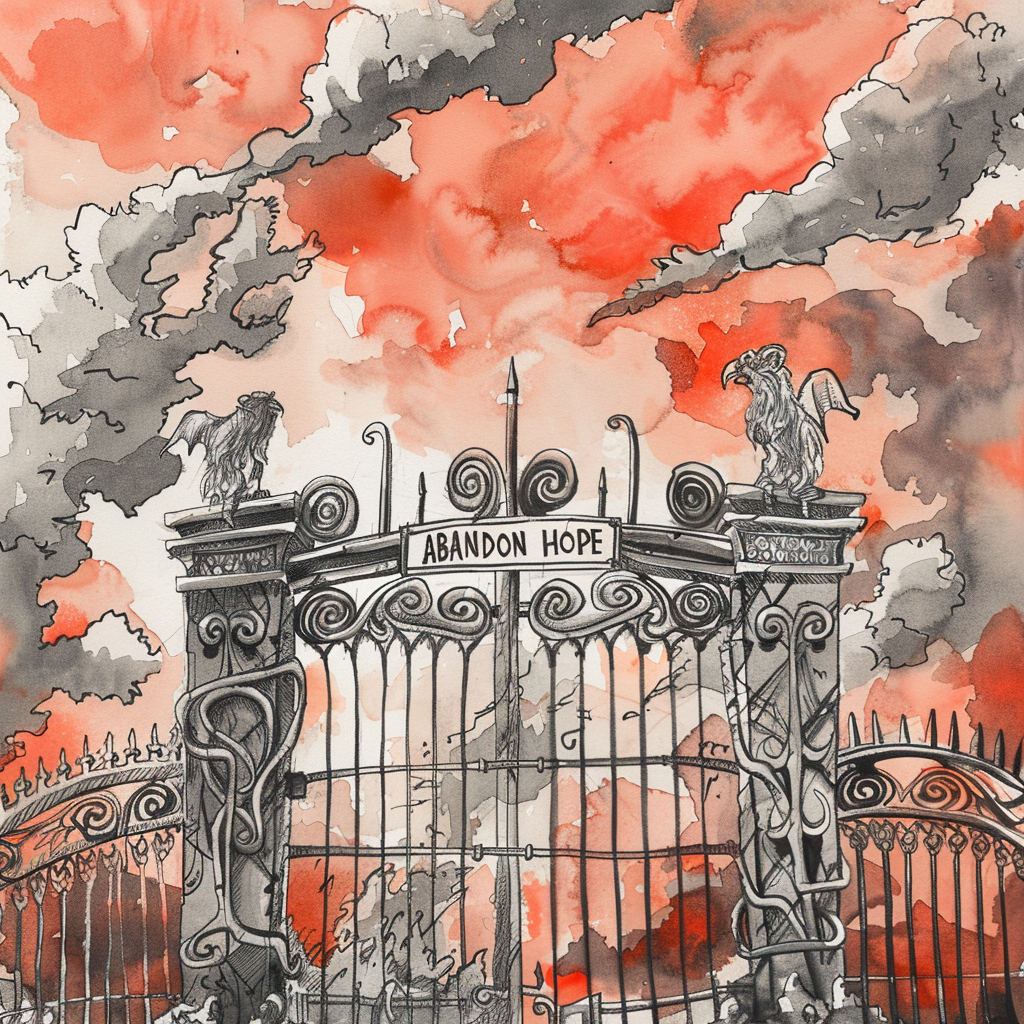
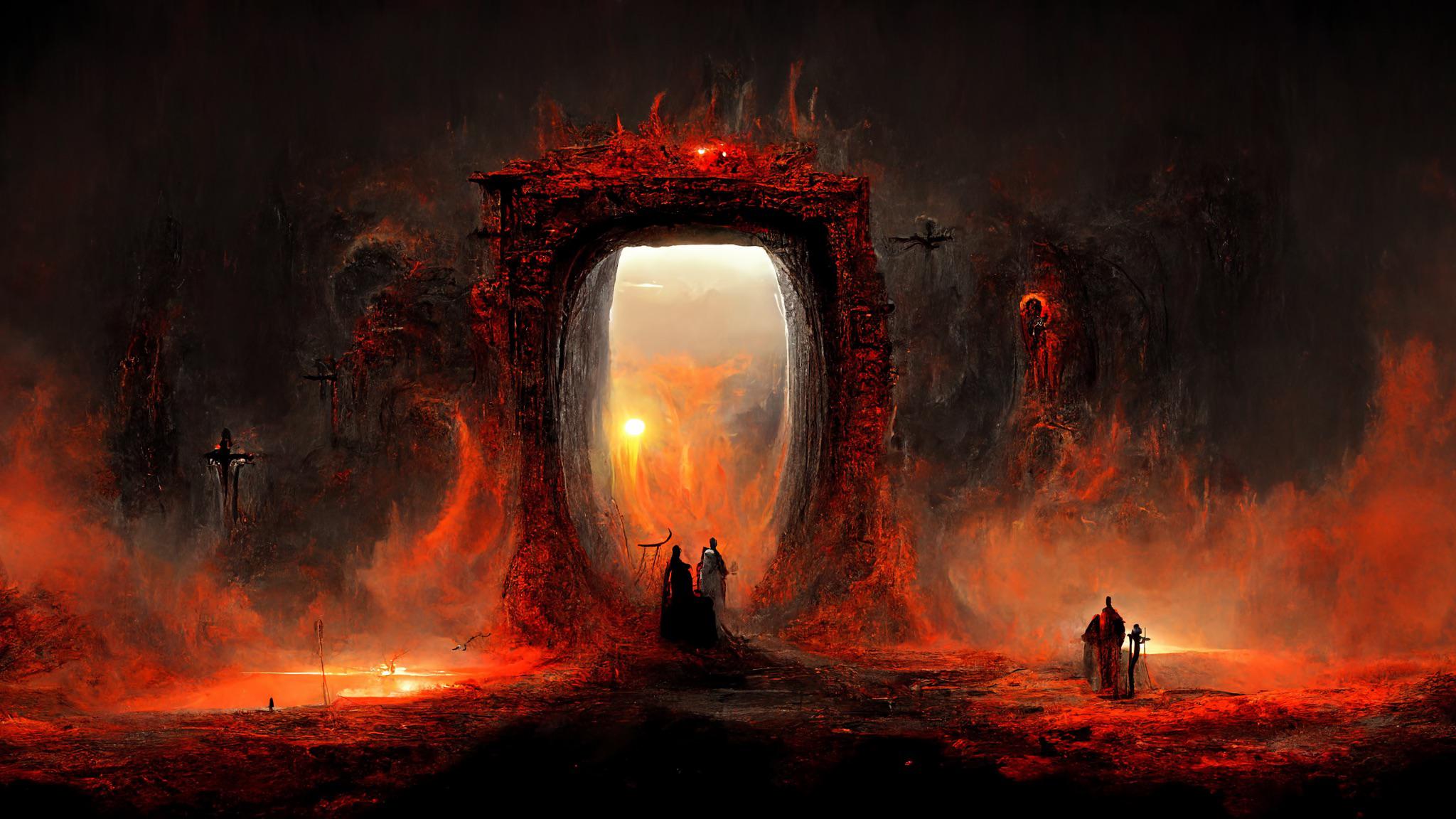

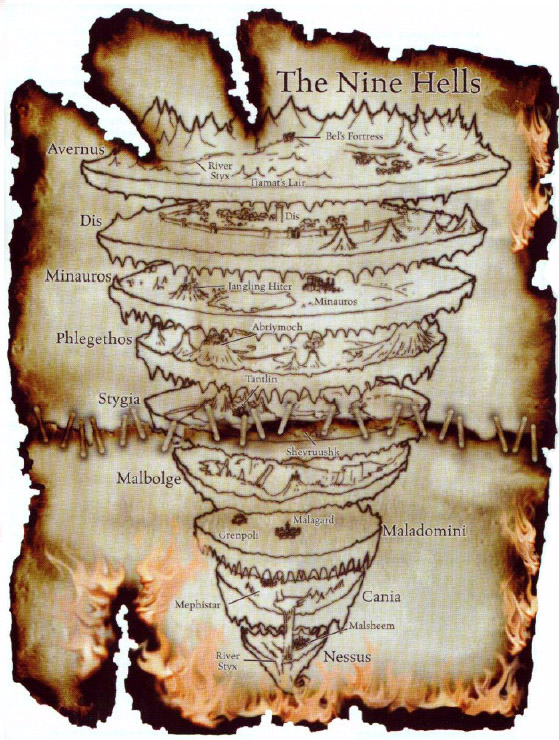
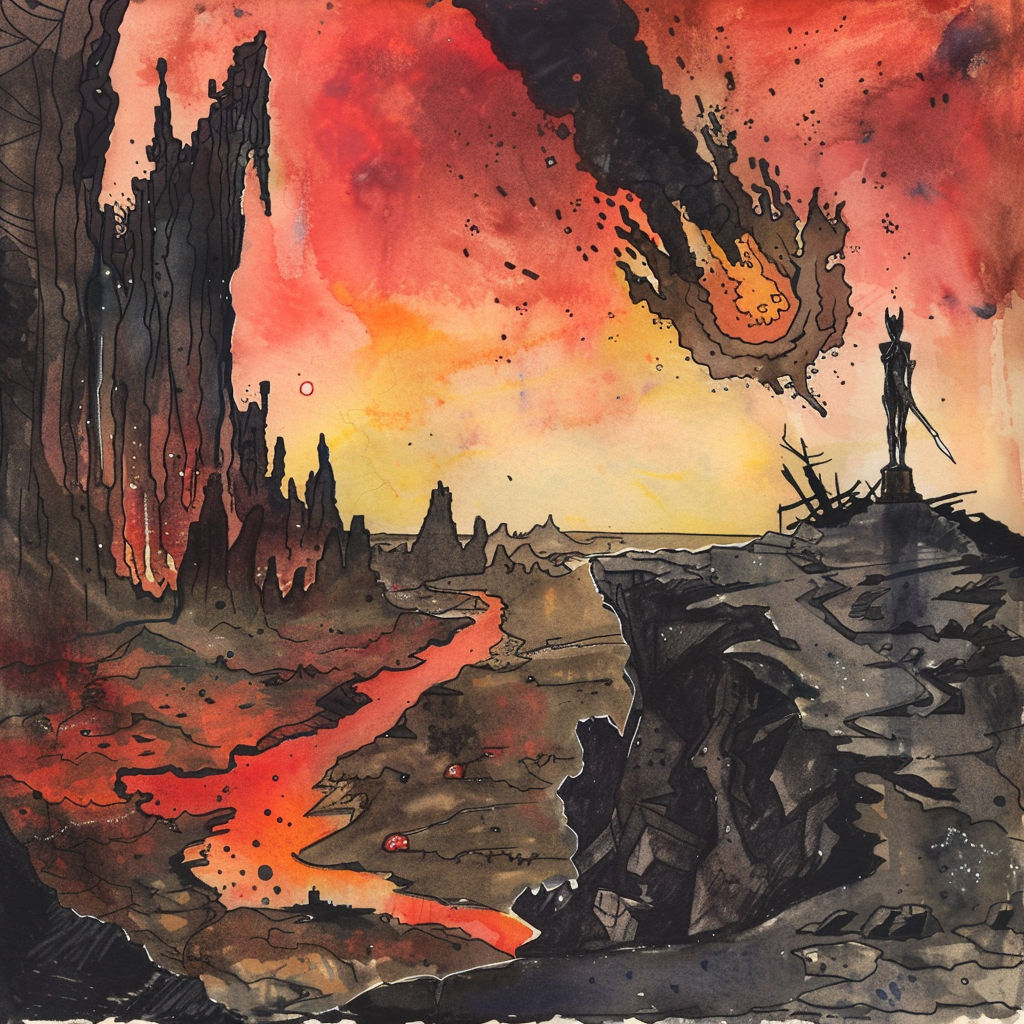
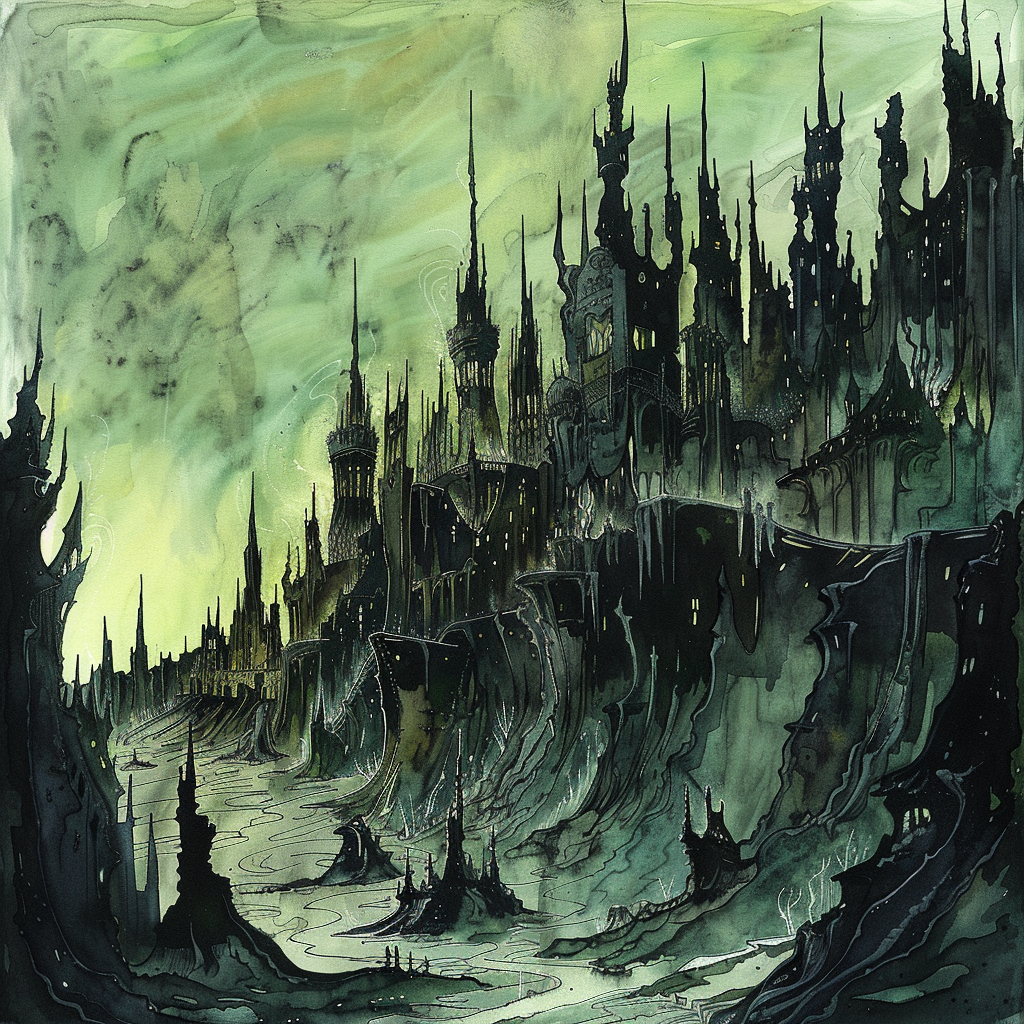
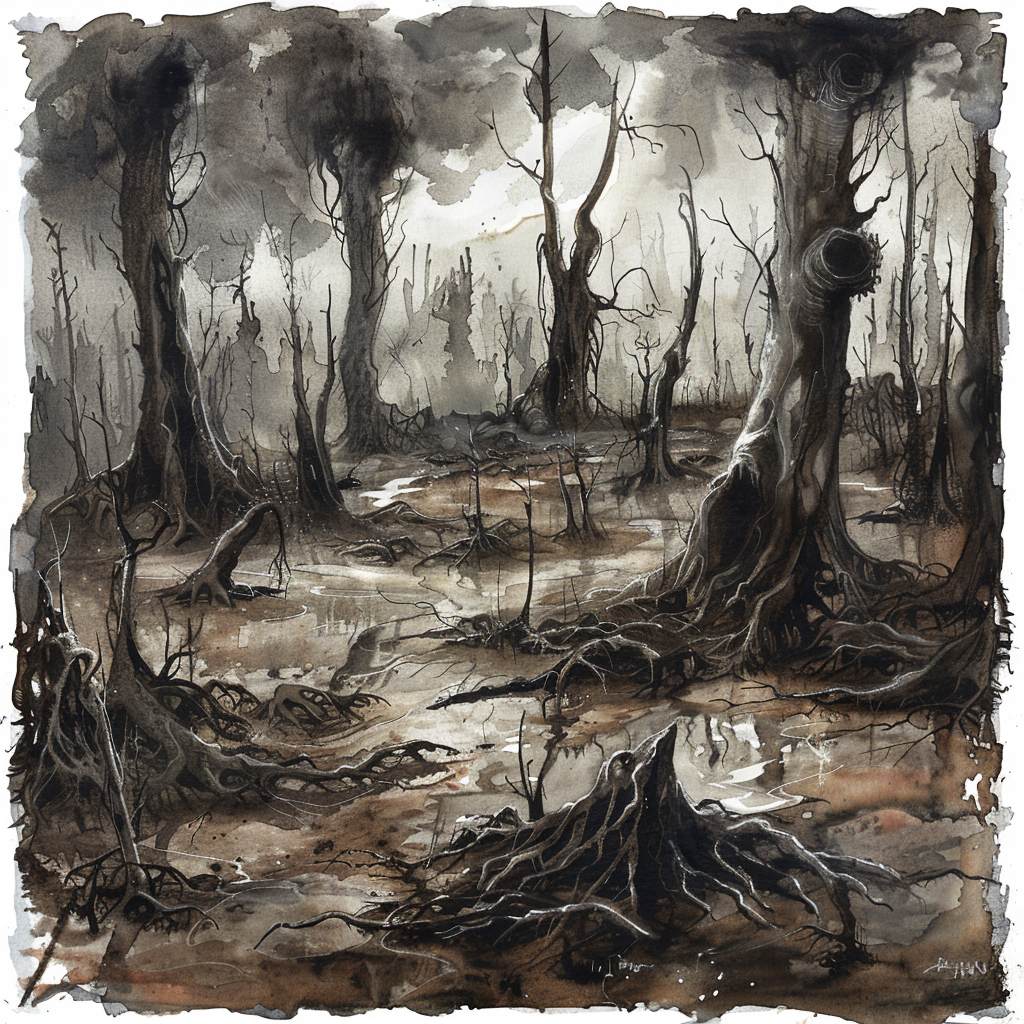
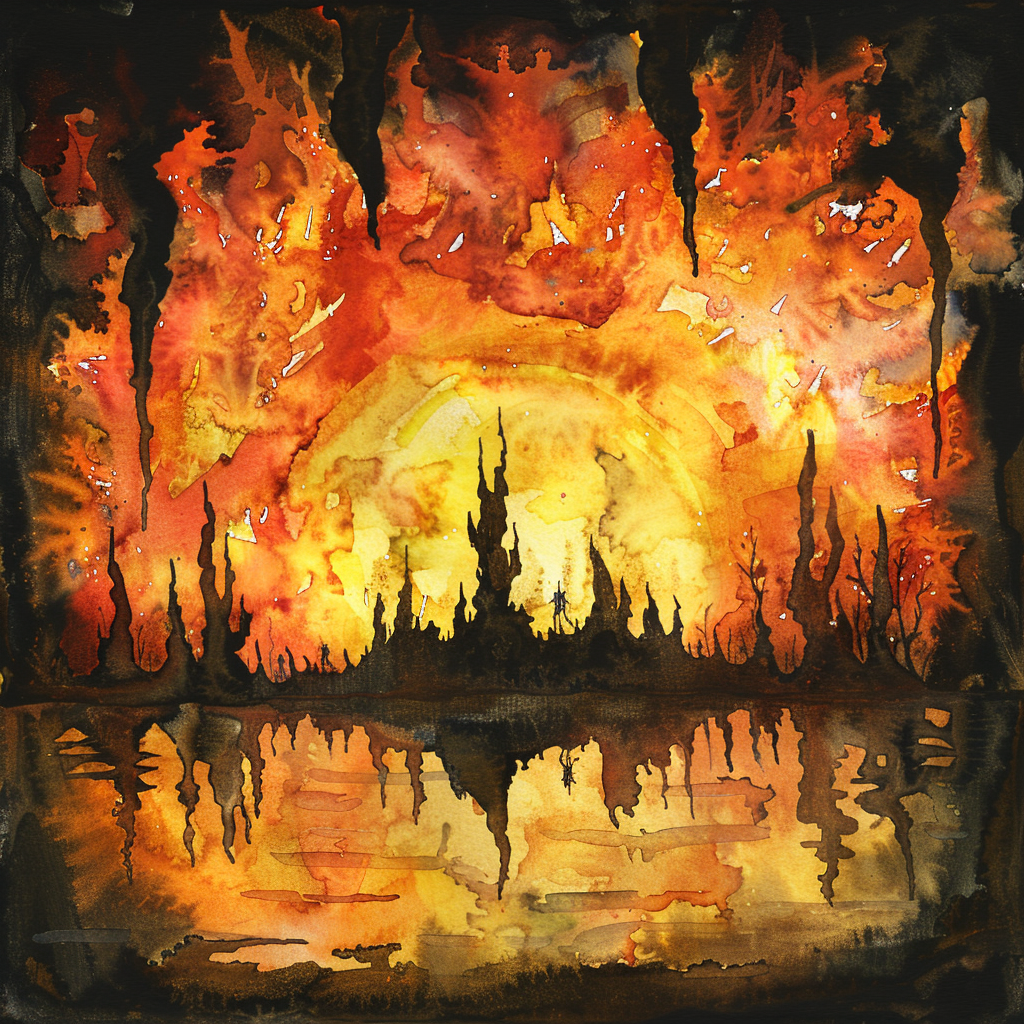
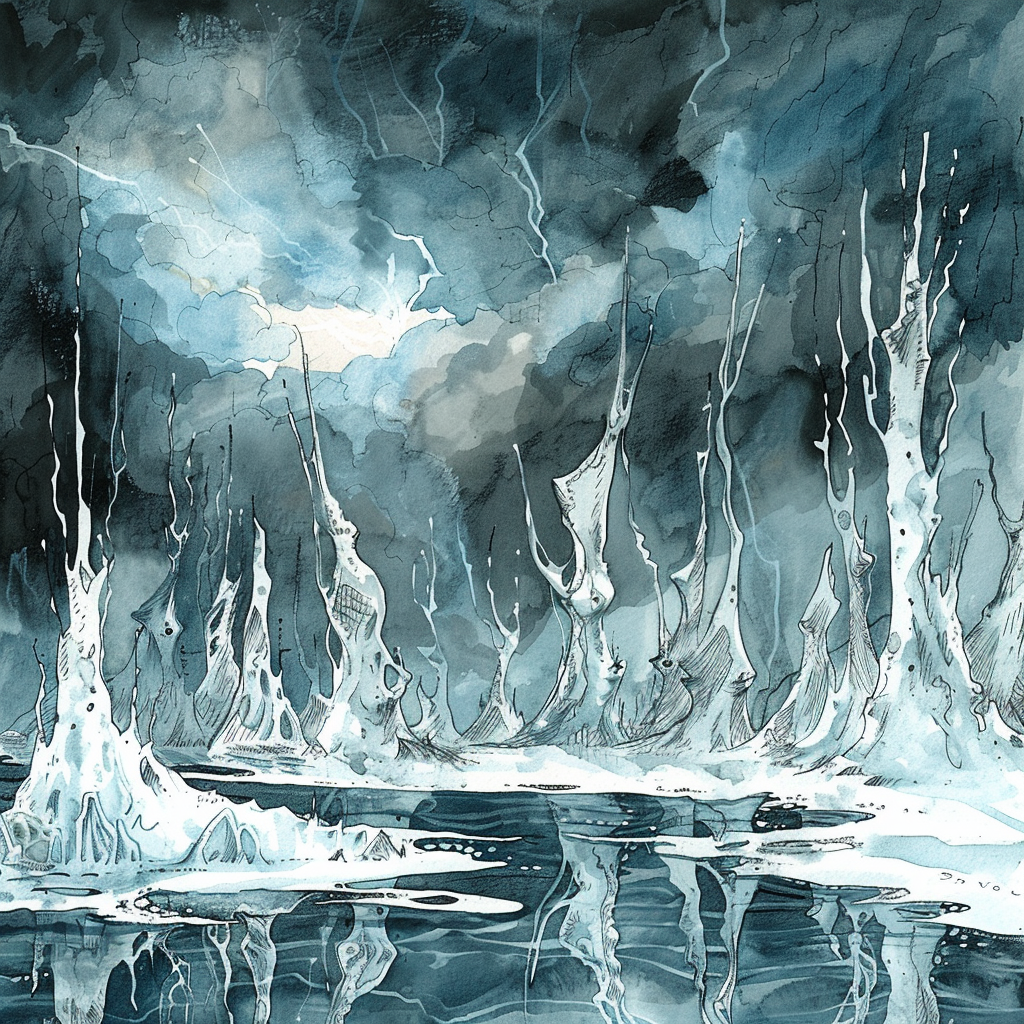
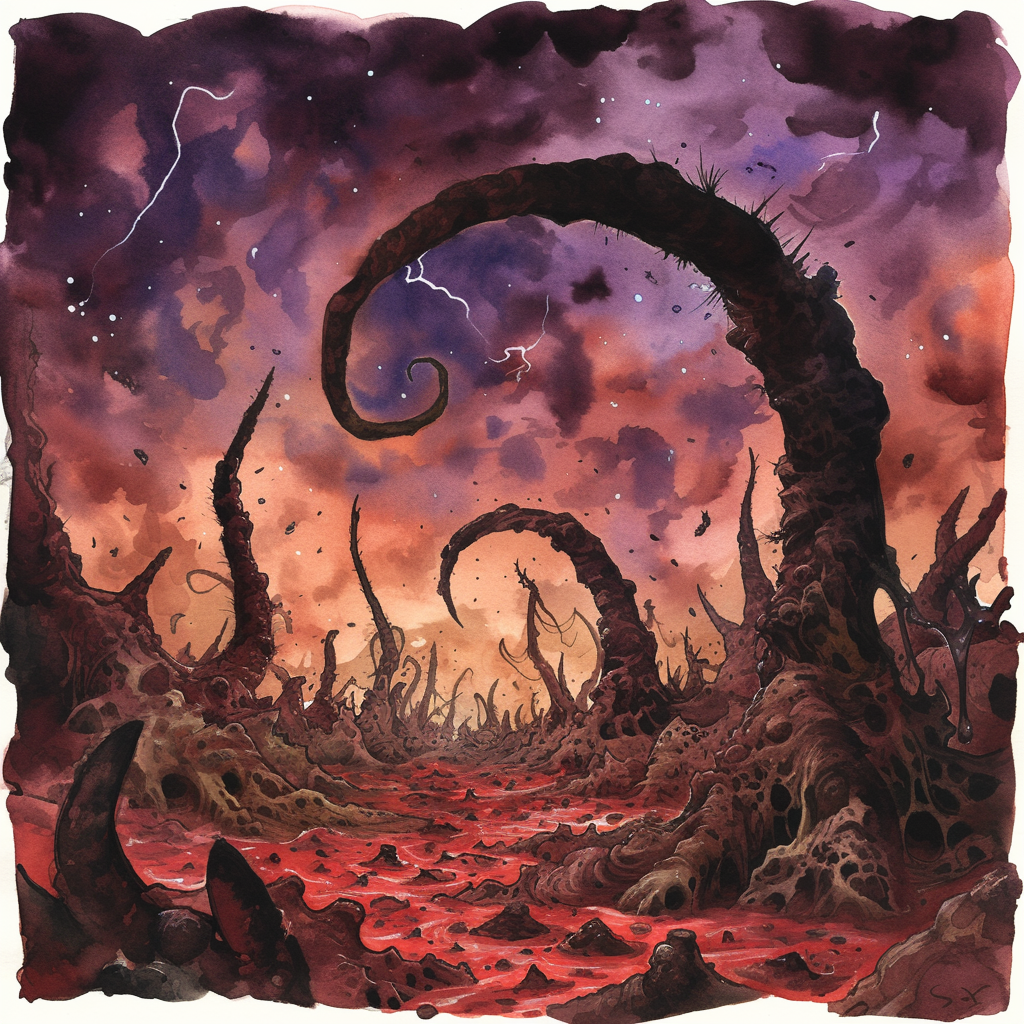
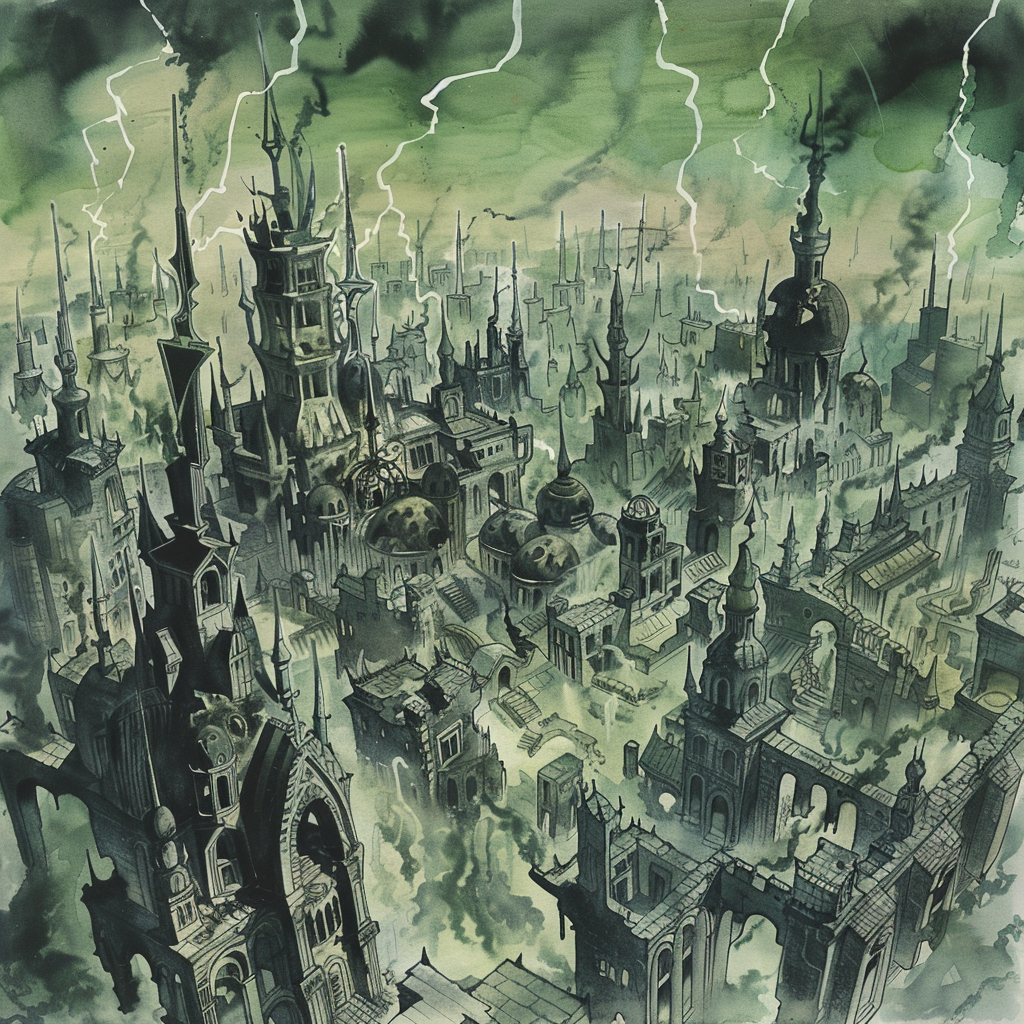
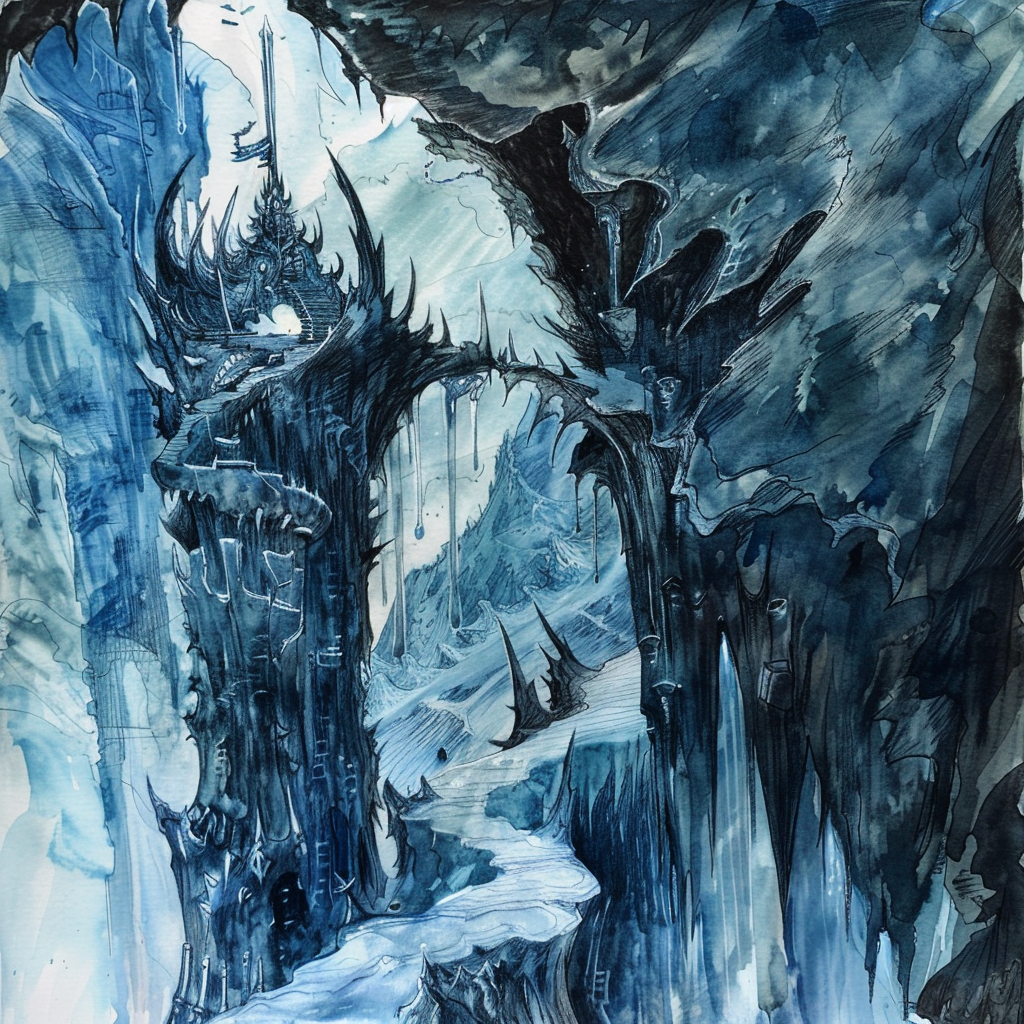

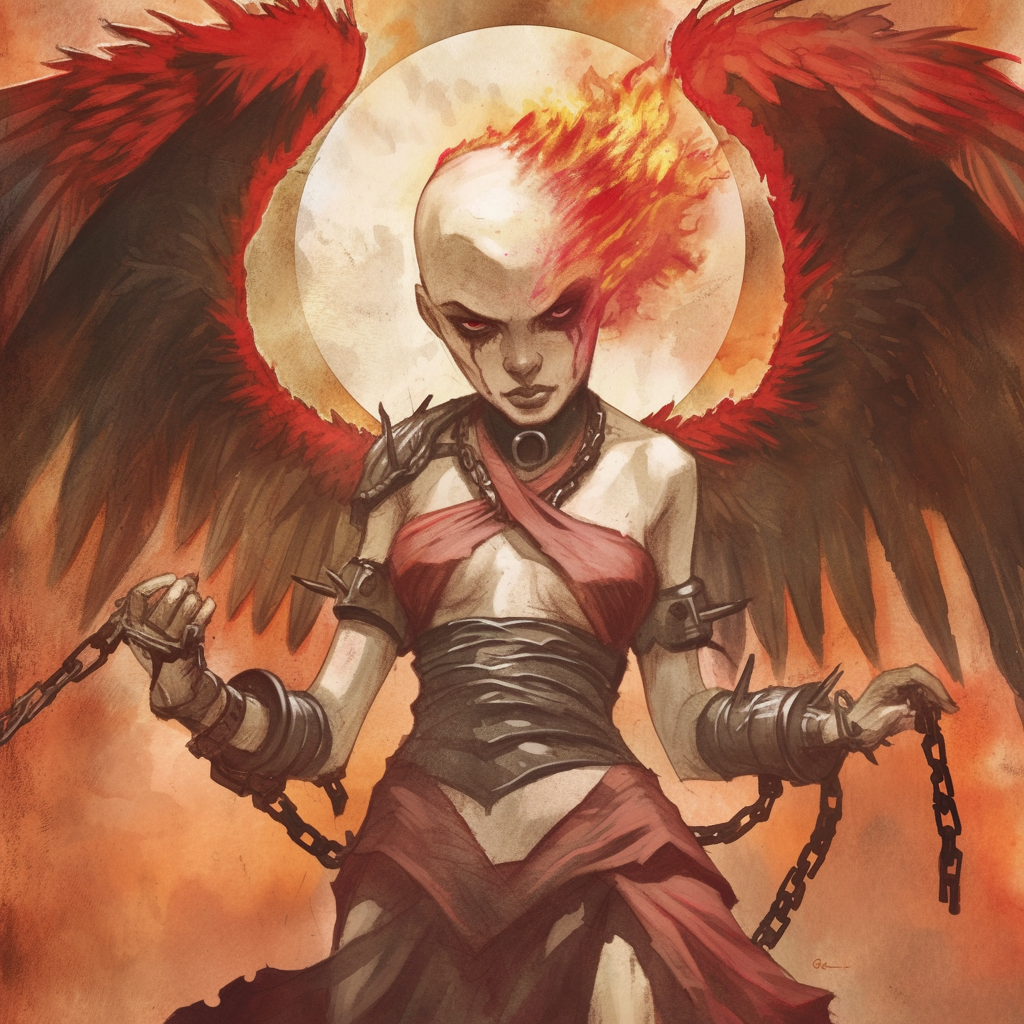
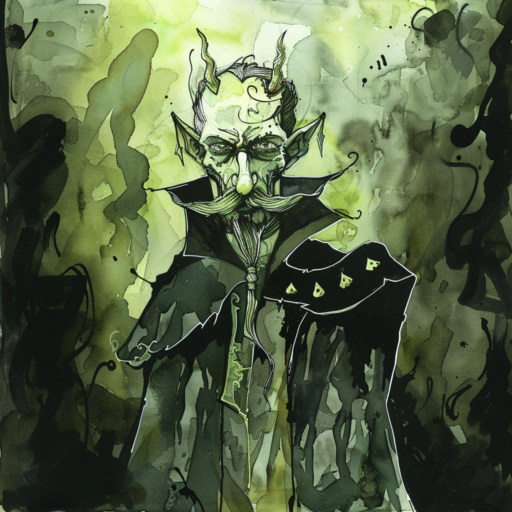
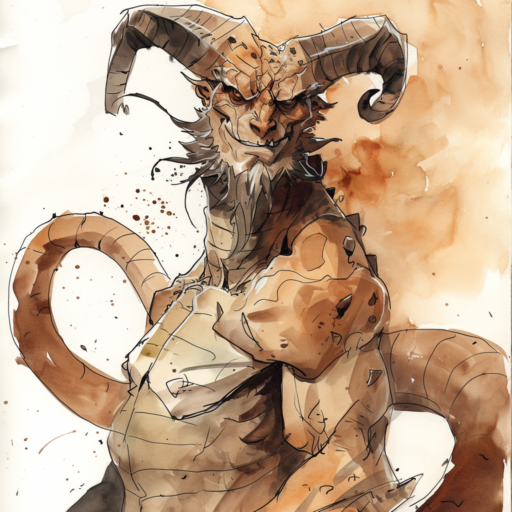
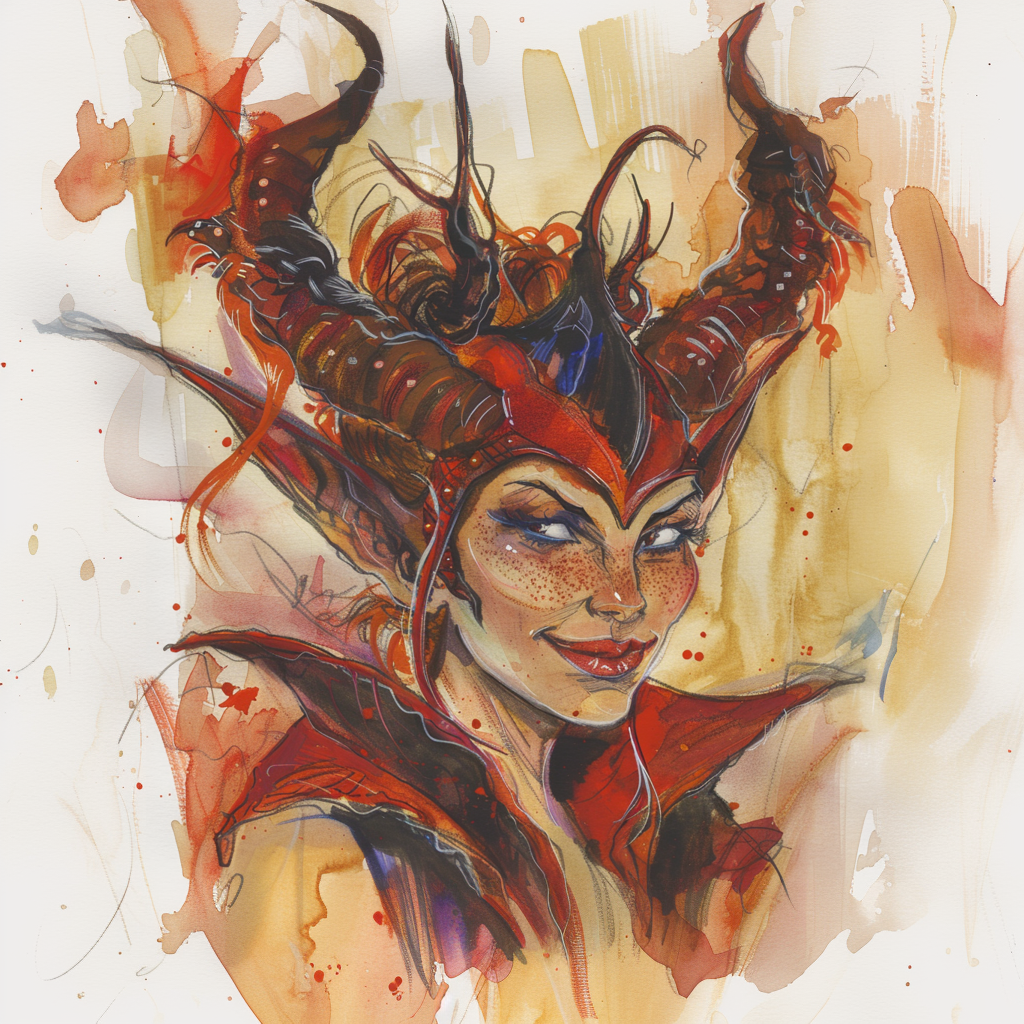
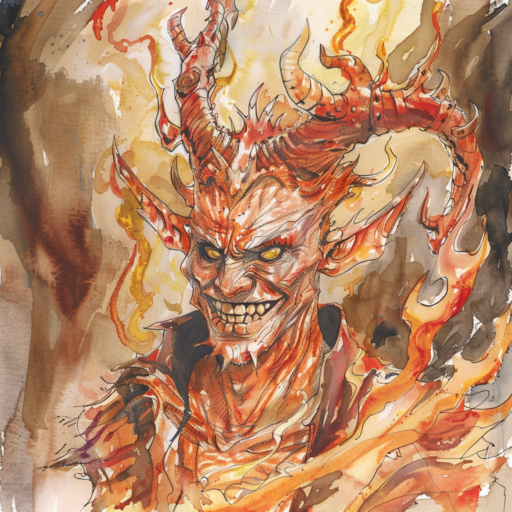
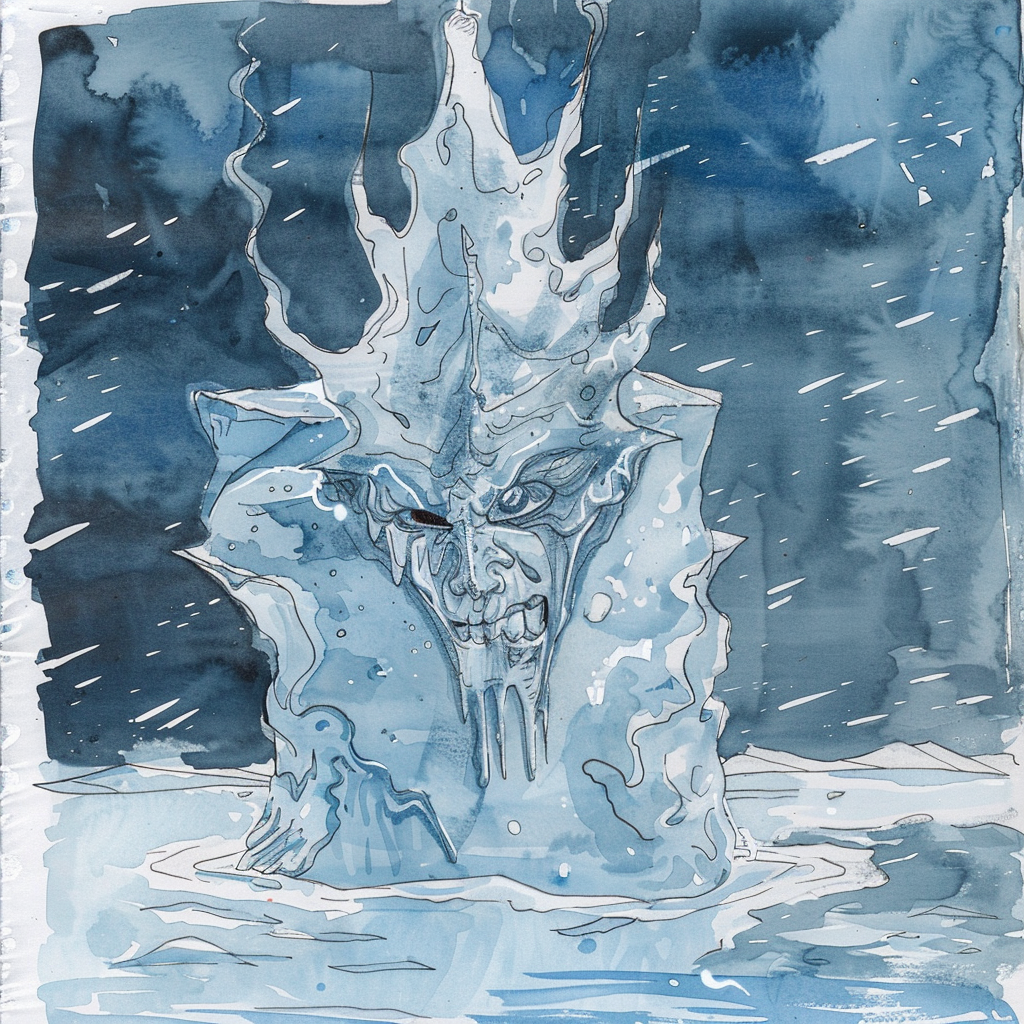
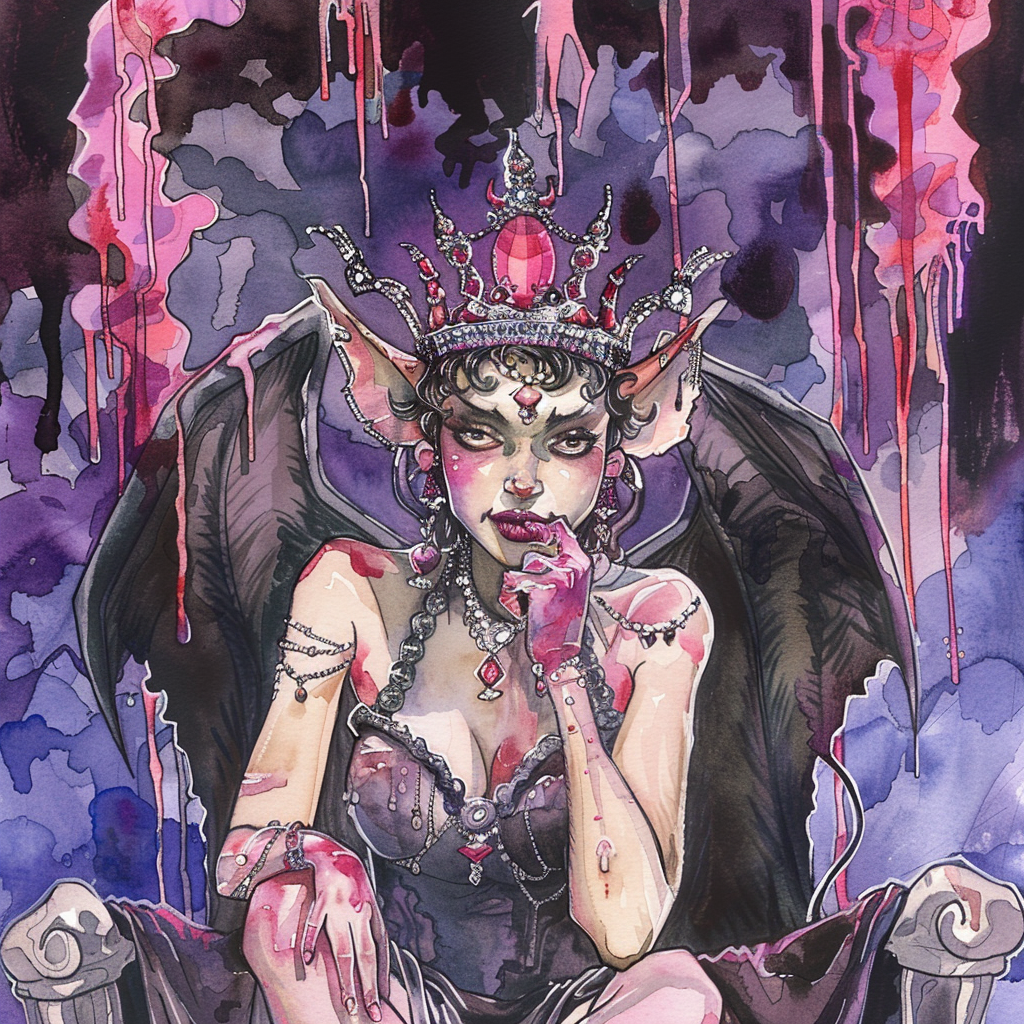
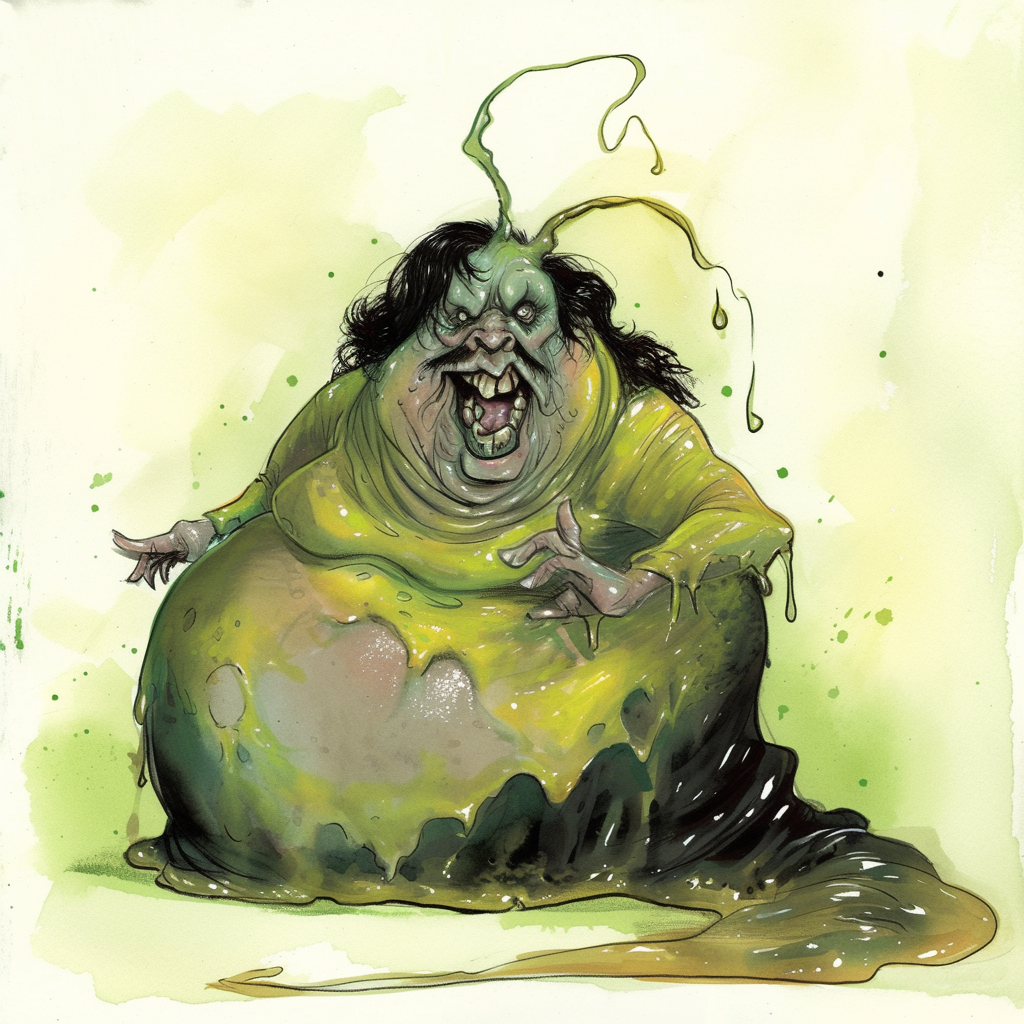
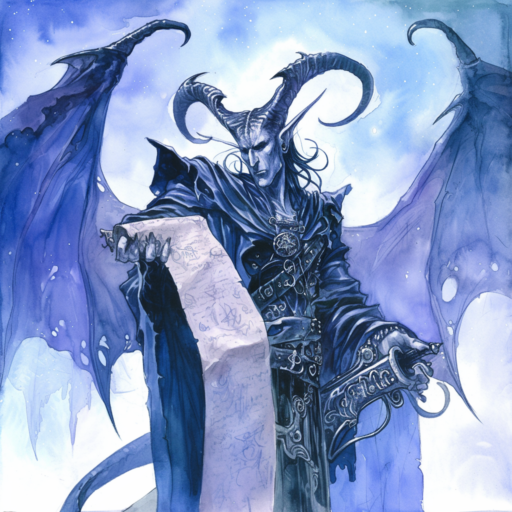
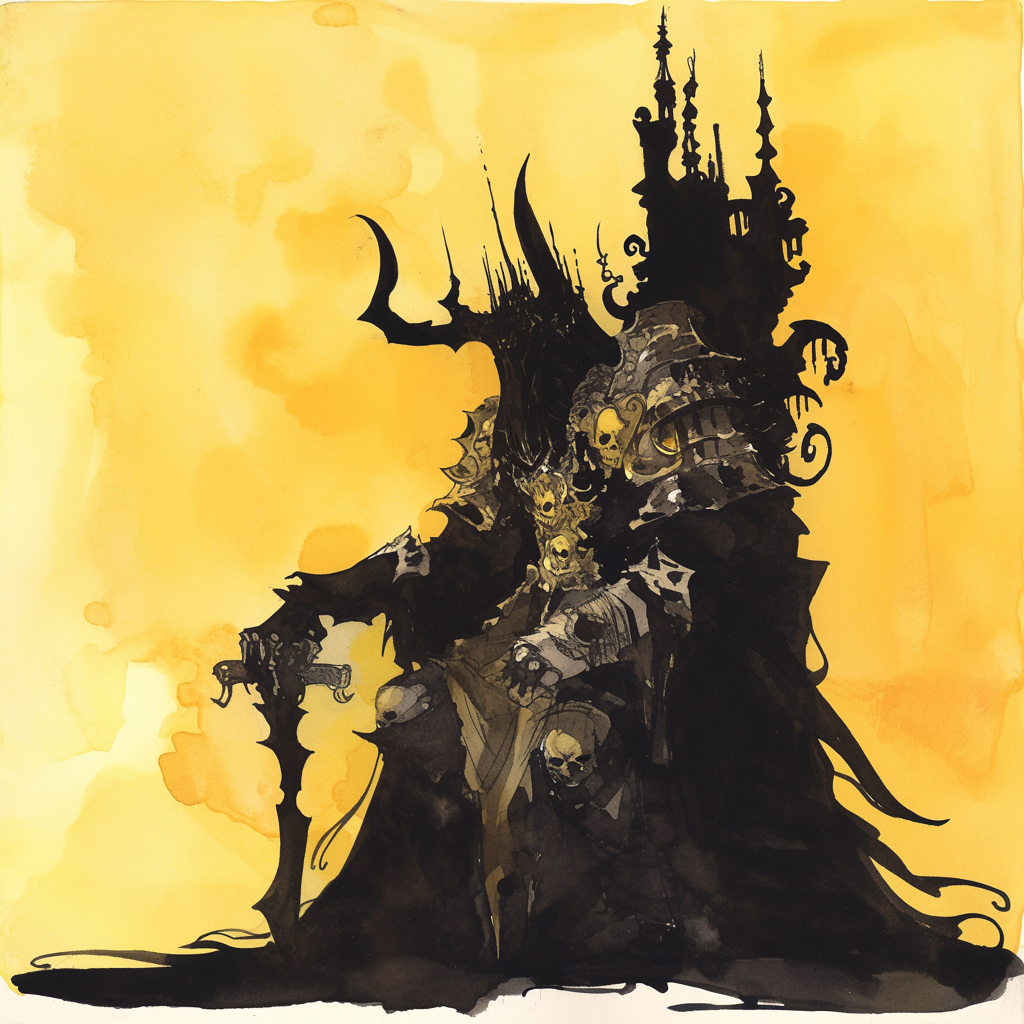

Comments